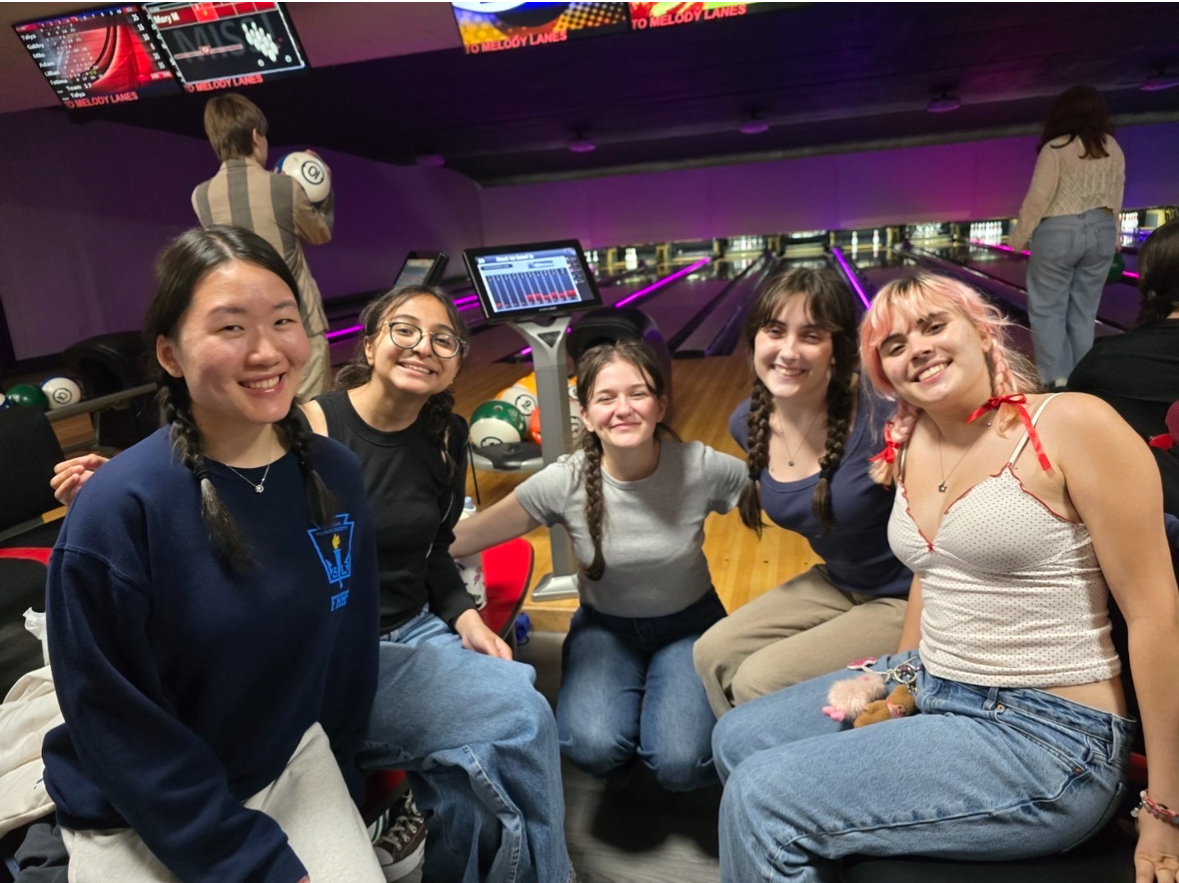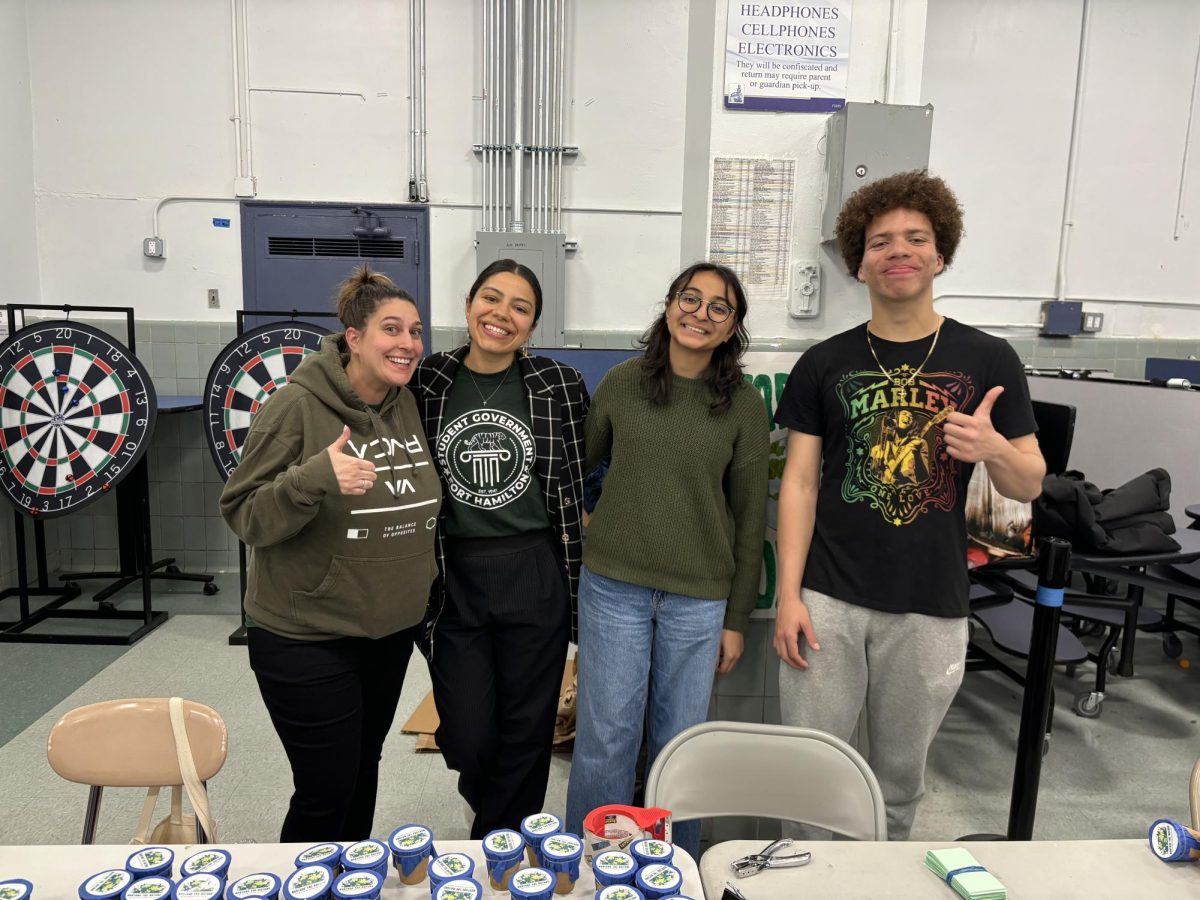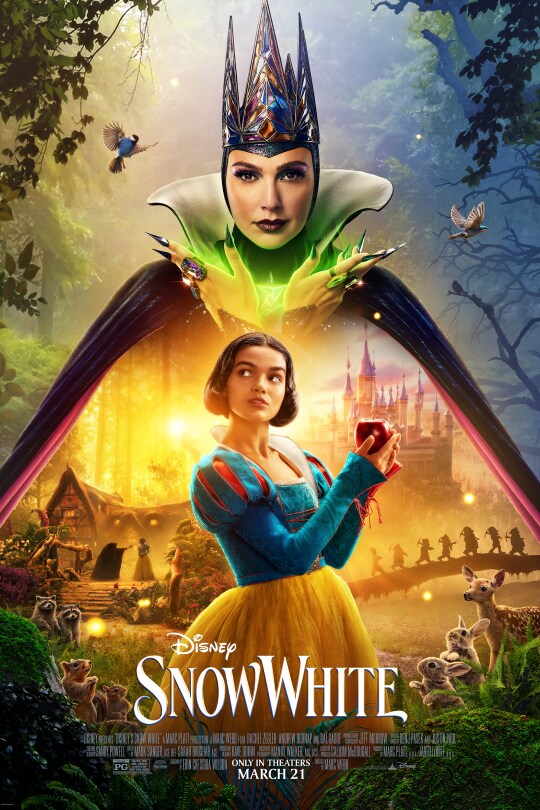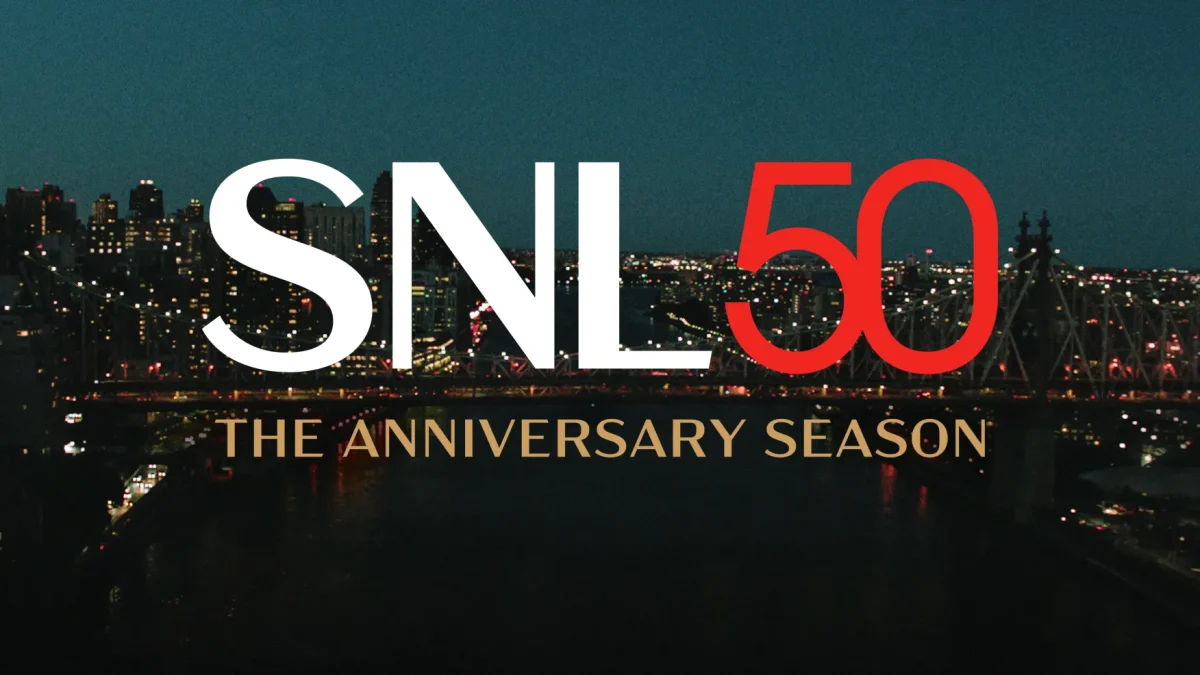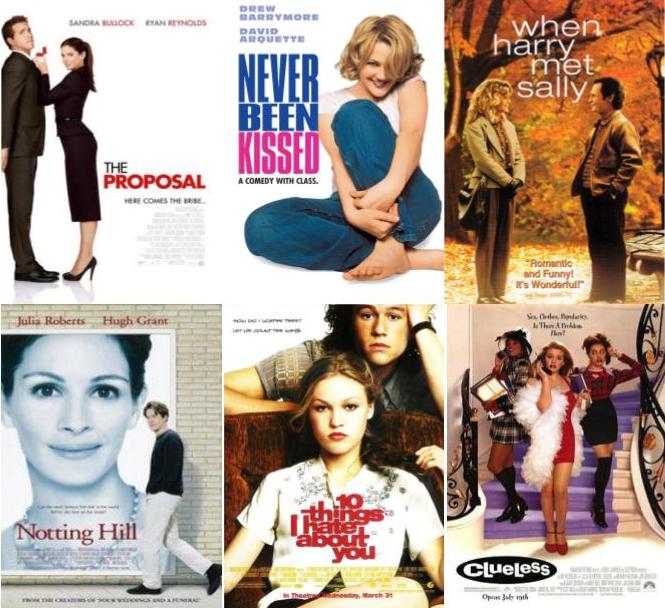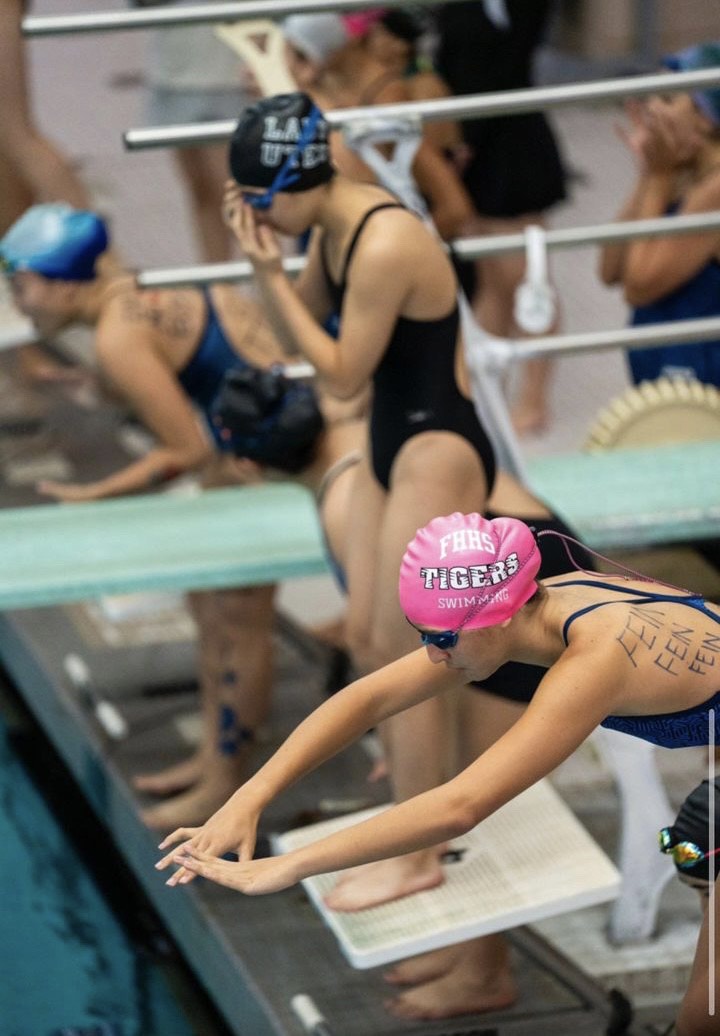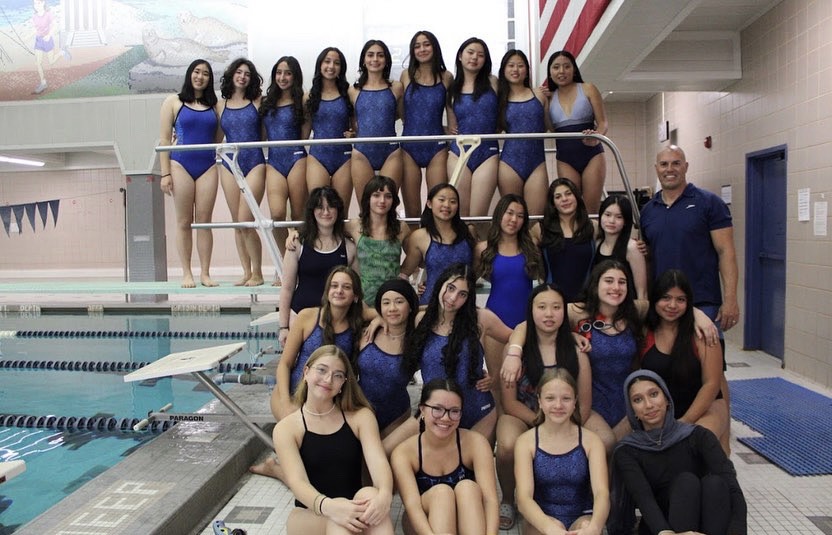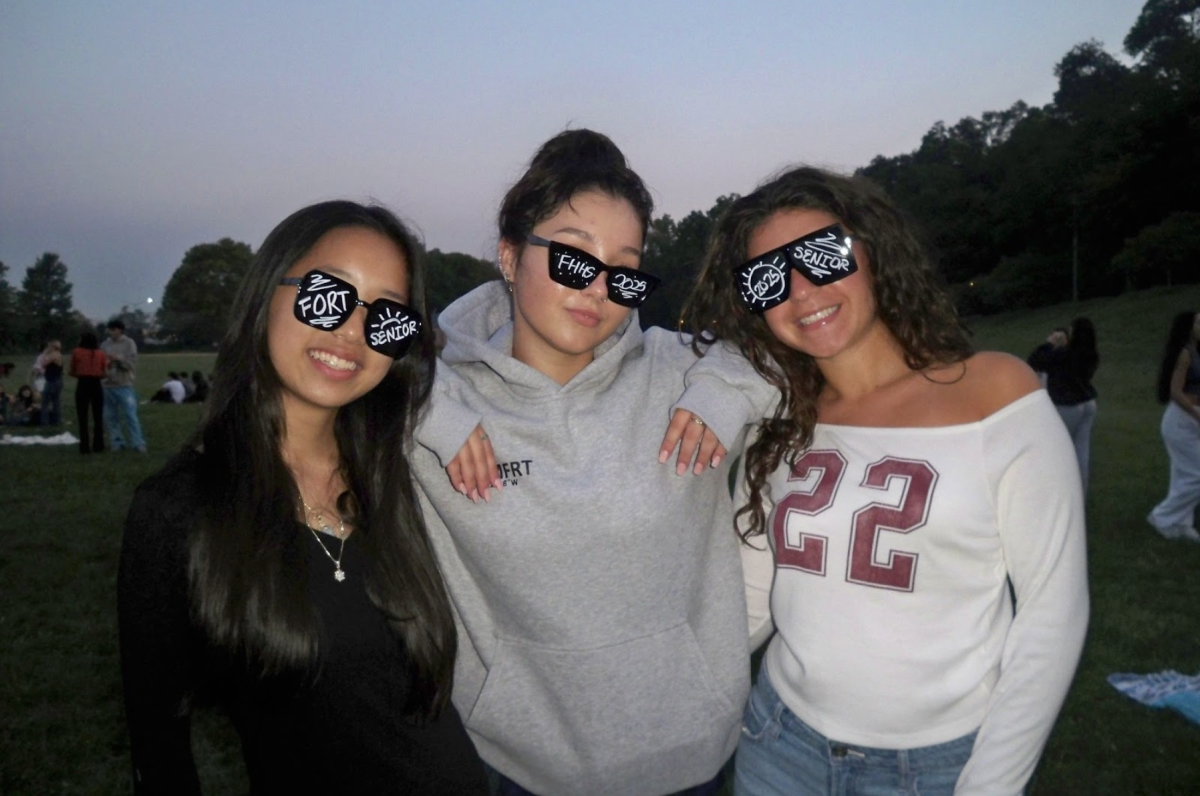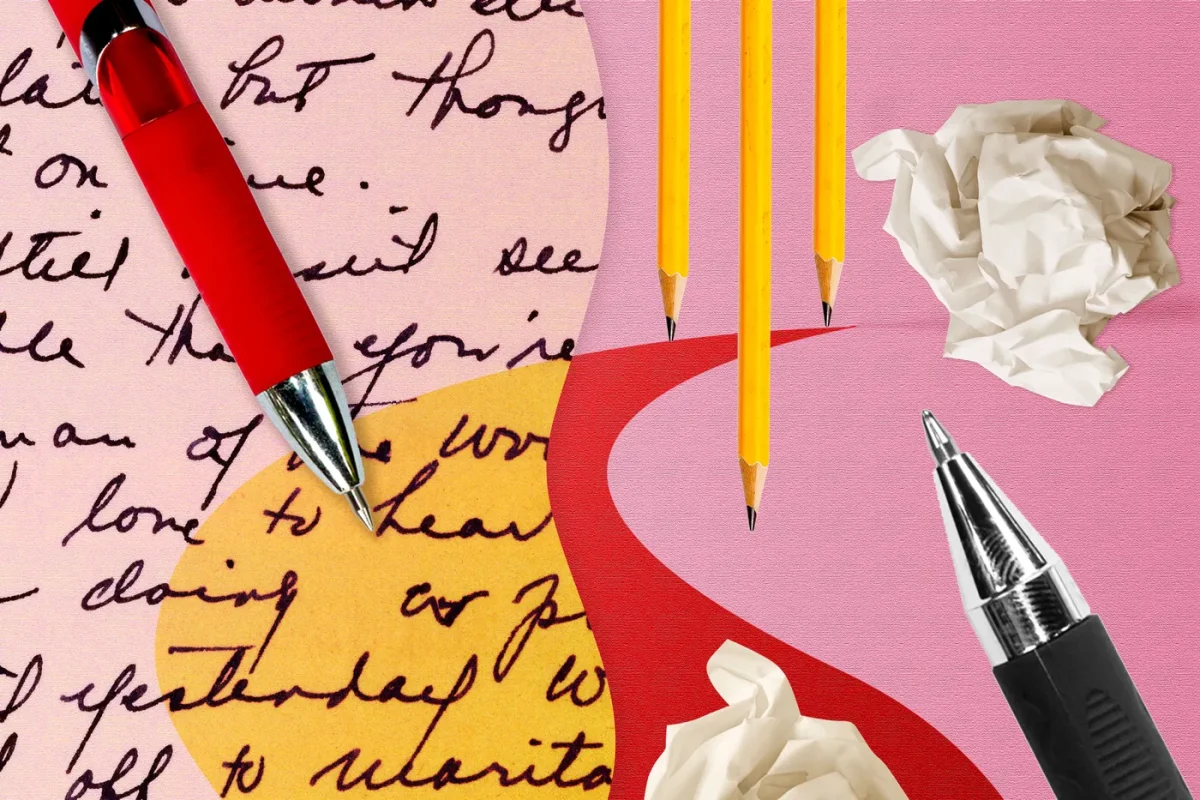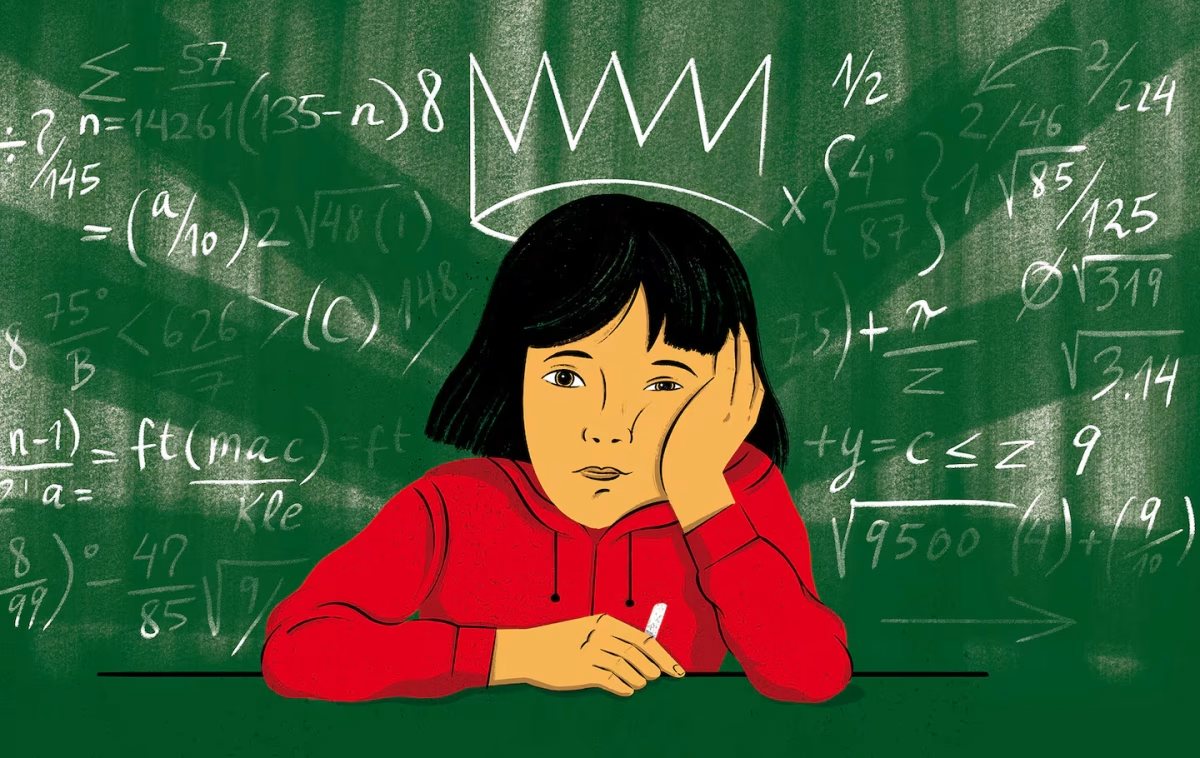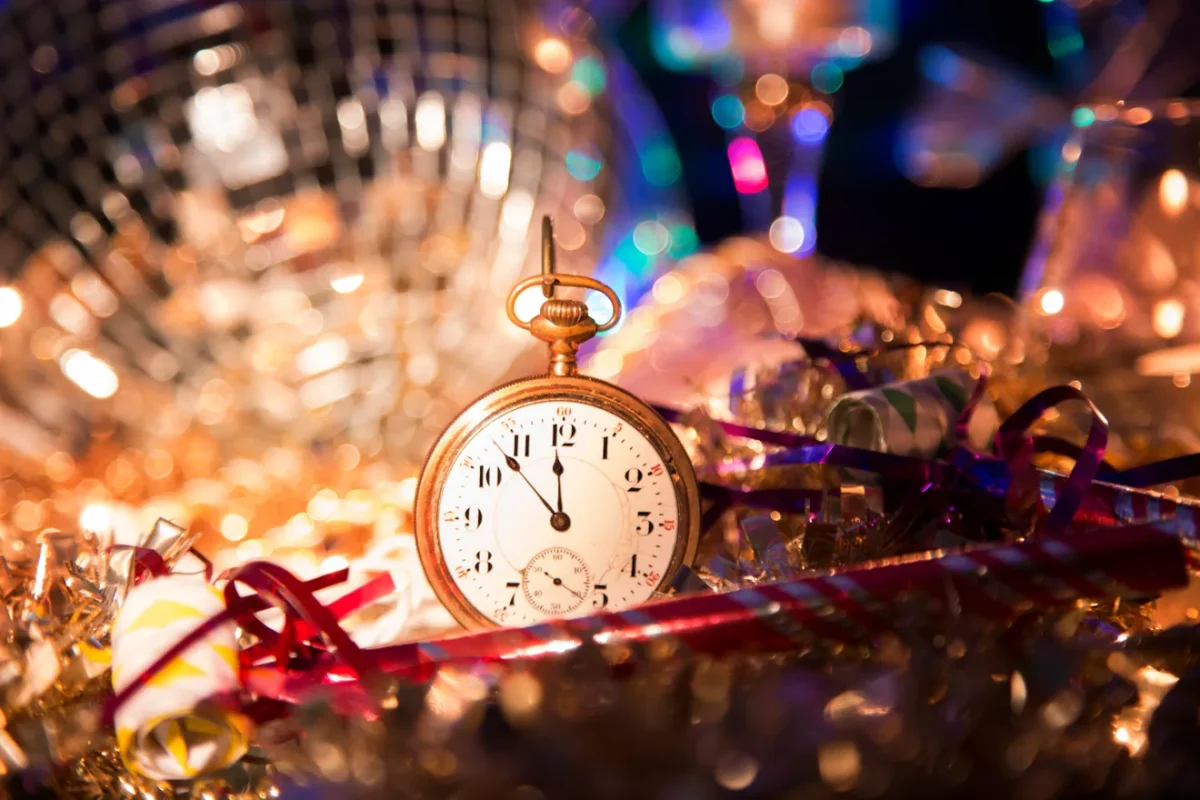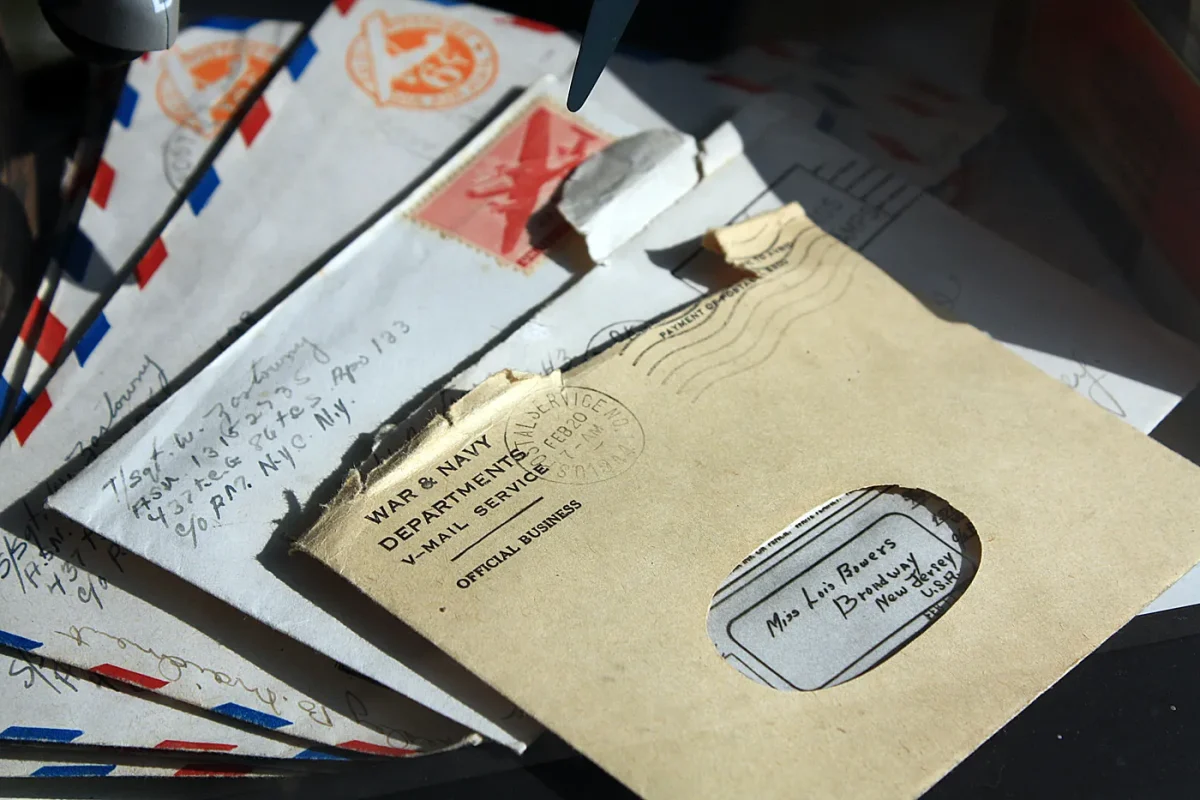Every school day, about 5,000 Fort Hamilton students and staff enter the school and walk past the security desks, yet not many know about the history behind the valuable art pieces being showcased at the table to their left. The display case contains pieces from Eli Jacobi’s art collection, sponsored by the W.P.A. Federal Art Project of NYC.
The W.P.A Federal Art Project was a project founded by Franklin D. Roosevelt in the 1930s during the Great Depression. The Great Depression caused jobs to be in constant demand. Artists were especially harmed by this because people did not have enough money to purchase non-essential items. This project helped many artists make a living with their artistic passions. A total federal investment of $35 million dollars was allocated to hire artists to be paid $23.50 per week in exchange for a specified amount of projects. Over 5,000 artists were employed to participate in this program, and over 400,000 various works of art were produced through this investment.
Holger Cahill, museum curator and expert on American folk art, became the director of this program. Cahill strived to sponsor more diverse works featuring different mediums and styles. He wanted to help skilled artists gain this opportunity, through the constant demand for jobs.
Around 100 community art centers were created out of this project, showcasing the diverse works of these artists. This project helped preserve the history of the Great Depression and honor the perspectives of the artists during this desperate time.
Eli Jacobi was among the sponsored artists of the project. Jacobi was born in Khar’kov, Russia (modern-day Ukraine) in 1898. He then moved to Palestine, where he began his art studies at the Bezalel Art Institute, a prestigious institution founded on the basis of Ottoman art styles. He was later imprisoned due to the Turkish occupation of Palestine, and eventually emigrated to the United States in 1917. He resided in New York, where he continued his studies in numerous academies including the Art Students League, the National Academy of Design, and the Grand Central School of Art.
Jacobi became a freelance artist for many esteemed newspapers and magazines such as The New York Times, The New York World, The Nation, and, The Saturday Review. However, he became most known for his works for the Federal Arts Project.
Jacobi’s art was focused in printmaking, and illustrating. He primarily used linoleum cut block printing, which consisted of carving his pieces into linoleum, which was later inked and printed on a surface.
Jacobi’s most notable pieces are his Bowery Scenes, prints depicting the impact the Great Depression had on people in Manhattan, and specifically its Bowery neighborhood. The Bowery is one of New York’s oldest streets known for its cheap bars and impoverished population. Jacobi’s prints captured the essence of the lifestyles and day-to-day practices of the people and world around him.
Fort Hamilton has a collection of eight Bowery Scenes, hand bound by Beatrice Romano in a book titled for the Federal Arts Program. Next to the book are two signed pieces entitled All Night Mission and The Grand Windsor Lounge. The former depicts people in church, covering their heads under a sign with a cross saying, “Jesus Sees,” suggesting that people are hiding from their sins. The latter print illustrates people huddled at a bar or lounge, smoking, drinking, and reading newspapers. The painting depicts the respite everyday people in 1930s America sought from their economic anxieties.
Jacobi’s prints are also featured at The New York Public Library, The Metropolitan Museum of Art, The Philadelphia Museum of Art, and The Library of Congress.
Jacobi is an immensely influential artist. His art is a cultural artifact of American history, a hidden treasure that we are fortunate to have a piece of at our school. So, the next time you pass by his works – whether on the bridges or on the walls of the principal’s office – consider taking a moment to admire the pieces of history on the walls of Fort.

